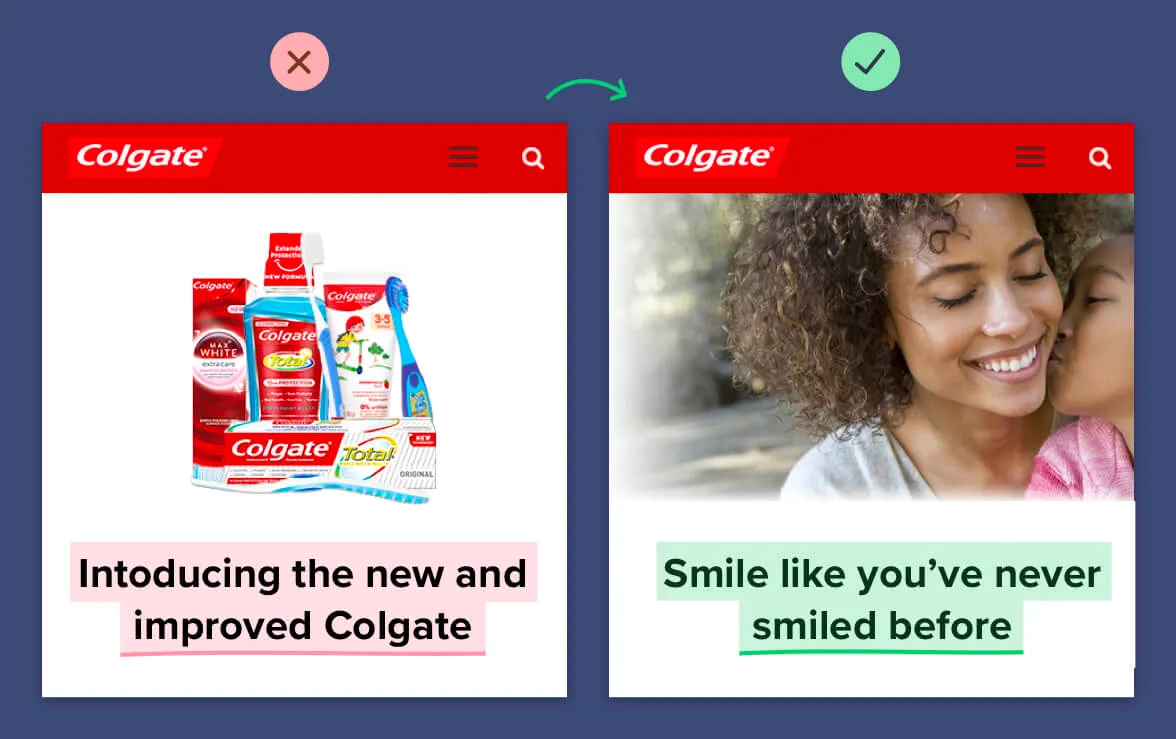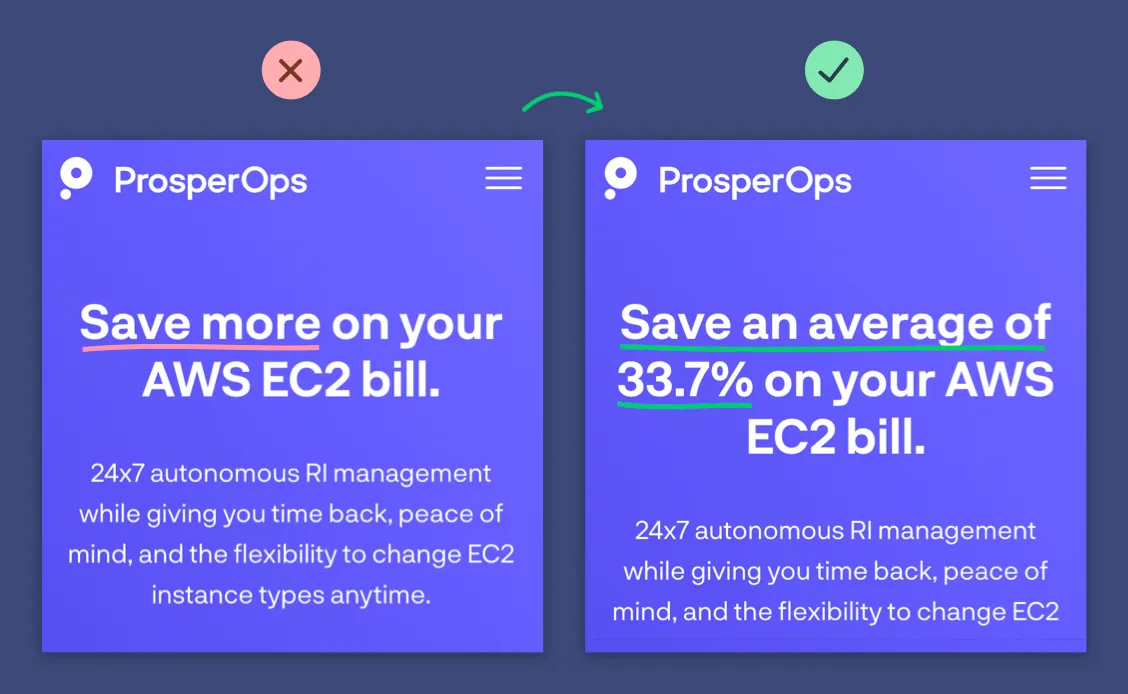Accelo Acquires Forecast, Adding Depth to AI and Capacity Planning Capabilities
Read the Press Release



We can’t escape our humanity. Whether it’s the restaurant where we choose to eat, the property we save up to purchase or the software we evaluate and implement, we make decisions based on logic and emotion.
We use logic in the sense that our decisions are often based on sound and rational judgment:
Emotion, on the other hand, is purely a feeling in the gut — or a vision of a future where the decision has already been made.
Almost everyone believes their decisions are purely logical, but experts conclude that 95% of purchasing decisions are based on subconscious, emotional factors. By reengineering this same concept, we can apply emotion to business, in particular in marketing and sales, and hold the decision-making reins for our customers.
Trust makes a sale possible. Trust is earned through emotional connection, and emotional connection is developed through empathy.
Too many businesses market and sell their services how they want to market and sell, rather than how their prospects want to learn and buy. This is a backward mentality and is doing your business a disservice.
- PwC
It may seem obvious, but it’s important to remember that regardless of how incredible your product or service might be, your ideal prospects aren’t always in the market to buy at that specific point in time. In fact, prospects spend the vast majority of their time not buying. This isn’t to say your marketing or sales outreach wouldn’t increase their curiosity or generate awareness for your solution when the time is right and they’re actively evaluating the market.
If we’re successful in getting in contact with a prospect, we must use the limited time we get with them to make it all about them and not about us. We’re simply a means to get the prospect from point A to point B. By speaking to their emotionality with our marketing and sales approach, we can influence their behaviors to steer the decision in our favor.
Demonstrating empathy is fairly straightforward. You simply need to mentally position yourself in your ideal customer’s shoes and ask yourself:
You can ask yourself the same empathetic questions about specific marketing and sales techniques:
It’s also important to realize that predicting and influencing behavior isn’t ever a guarantee. Just because someone fits your ideal firmographics doesn’t mean they will or should care at all about you or your message. Are they the right decision-maker? Are there budgetary restrictions? Are they currently in the market? Are they simply having a bad day and the last thing they want to do is pick up a cold call?
In order to speak to people in a way that makes them open to your message, you have to come from a place of care and awareness.
Repetition gets old quickly. Prospects see the same advertisements, the same emails and the same copy time and time again. When businesses continue to share the same message, they’re not standing out from the crowd. They’re simply another one of many saying the same thing.
How can we touch on the personal attributes with marketing — the pain points, triggers, wants, needs and desires of the prospect? It’s with these that we resonate and garner attention.

Source: MarketingExamples
Think about why the image and copy on the right feel more relatable than those on the left.
A favorite book of mine is Seth Godin’s Purple Cow. In it, he discusses the concept of making something remarkable — something that stands out and is worth talking about. By applying the same logic to marketing and sales, we can position our offering in a way that not only stands out in a competitive market but gets impressions, engagement and conversions.
How many products or services promise to generate more leads, increase productivity, improve team efficiency, generate greater revenue or reduce costs? Almost all of them do. But without the human component, it’s all just blab. Your messaging needs to build trust as much as a salesperson needs to build empathy and emotional connection. When you incorporate social proof, testimonials, real customer stories, statistics and metrics, the viewer assumes believability.

Source: MarketingExamples
Notice the enticing statistic in the headline and the emotional effect of words and phrases like “peace of mind” and “flexibility.”
Combining your messaging with empathy is a recipe for greater success. Empathy works best when you’re being your genuine self. When you speak like a human to another human, people look at you like a friend; they feel an emotional connection and they start to develop trust.
So, rather than creating messaging that’s formal and feels like it was written by a robot, consider how your target audience would prefer to read it. You wouldn’t want to read or respond to a text message written like a thesis — and neither would they.

Source: MarketingExamples
The Etsy examples above use inclusive, emotional language that emphasizes what the business values: community.
The market has changed when it comes to how prospects want to buy. So, too, has the way we must sell. People are now accustomed to B2C instant checkouts, one-day deliveries and automatic subscriptions, and they’re beginning to expect the same from purchasing in a B2B market as well.
In the software world in particular, the movement around product-led everything reduces the burden on the buyer. Some out-of-the-box software companies, for example, offer quick setup options without the need to engage with a salesperson. However, this on-demand approach removes a lot of the opportunity to communicate empathy and build long-term client relationships.
If your business sells time and services, the sales process is generally more personal. If your prospect is comparing alternatives and weighing up options, their decision will boil down to value for money, expected return on investment and how much trust you developed during the sales process.
Leading with emotional connection creates space for conversations that feel more collaborative and equal. By asking genuine questions and providing honest responses, you’re more likely to surface the true goals and objectives of your prospect. One way to achieve this is to follow the 80/20 rule, in which you listen for 80% of the time and only talk for 20%.
For some, being empathetic in marketing and sales comes naturally. For others, it requires a change in how they personally operate. Taking additional time to put in the effort to become more personable and put yourself in someone else’s shoes is worth the investment.
Finding a way to get more time back in your day can give you the means to focus on showing up with empathy. Systemizing and automating client work and administrative tasks can be a great way to achieve collective clarity and reduce the weight on your shoulders.
The combination of empathy and technology is powerful. At Accelo, we’ve seen it over and over again: Marketing and sales teams realize greater results when they define and automate workflows with the help of our efficiency-boosting platform.
➡️ See just one example of the impact of a smooth sales process in TradiePad’s story.
Explore what’s possible by scheduling a demo of Accelo.

